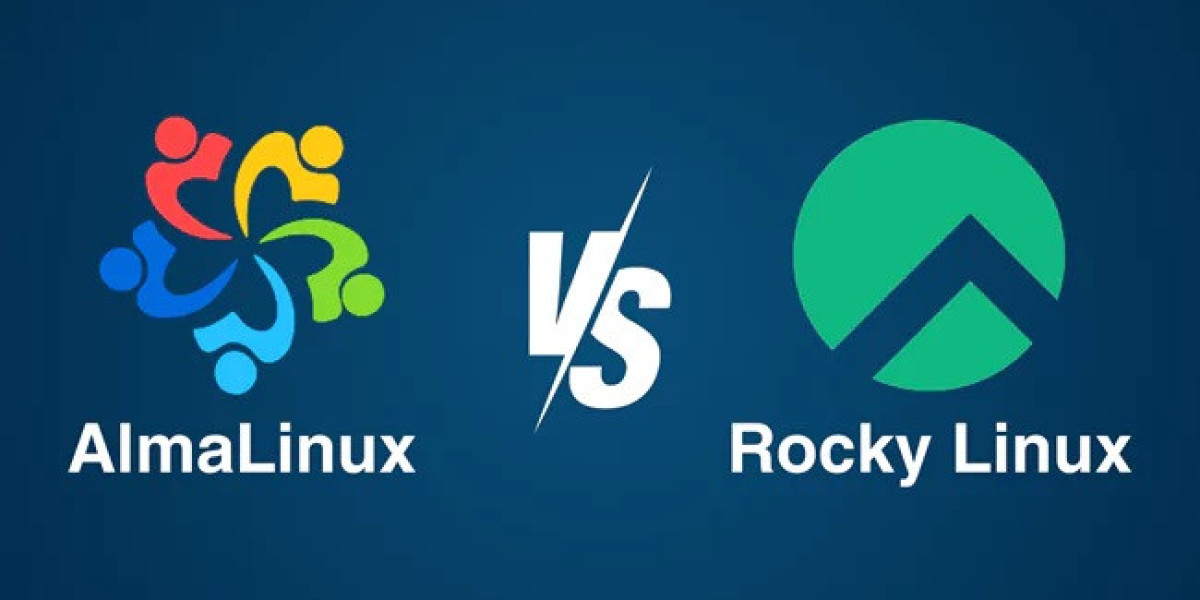As CentOS transitions to CentOS Stream, many users are on the lookout for stable, reliable alternatives. AlmaLinux and Rocky Linux have quickly risen as leading choices for those seeking to replace CentOS. Both distributions aim to provide a free, enterprise-grade operating system with full compatibility with Red Hat Enterprise Linux (RHEL). But how do these two options compare? If you're contemplating Rocky Linux vs AlmaLinux or trying to decide between Alma Linux vs Rocky Linux, this comprehensive guide will help you make an informed decision.
Understanding AlmaLinux and Rocky Linux
AlmaLinux and Rocky Linux emerged in response to the shift in CentOS’s focus from a stable release to a rolling-release model with CentOS Stream. This change left many users seeking alternatives that would offer the same level of stability and compatibility as CentOS. Both AlmaLinux and Rocky Linux were developed to fill this gap, but they come with different backgrounds and support structures.
Rocky Linux was founded by Gregory Kurtzer, the original creator of CentOS, with the goal of maintaining a community-driven, enterprise-grade Linux distribution. Kurtzer's vision was to preserve the spirit of CentOS by offering a community-focused project that would be closely aligned with RHEL's upstream development.
In contrast, AlmaLinux is backed by CloudLinux, a company with extensive experience in providing commercial Linux solutions. CloudLinux's involvement provides AlmaLinux with significant financial and technical resources, aiming to offer a stable, RHEL-compatible alternative supported by a commercial entity.
Community Support and Development
When evaluating AlmaLinux or Rocky Linux, one of the critical factors to consider is community support. Rocky Linux emphasizes a community-driven model, with contributions and governance led by its community members. This approach fosters a collaborative environment, with development and support driven by a broad base of contributors.
On the other hand, AlmaLinux benefits from CloudLinux’s backing, which provides both financial stability and technical expertise. While AlmaLinux also has a growing community, its development and support are influenced by CloudLinux's commercial interests, which can offer a different level of stability and resources compared to a purely community-driven model.
Release Cycles and Stability
Both AlmaLinux and Rocky Linux strive to be fully compatible with RHEL, and their release cycles are designed to mirror RHEL’s stability. However, their approaches to release cycles may differ slightly.
Rocky Linux follows a release model that aims to provide updates and patches that are closely aligned with RHEL’s release schedule. This alignment helps ensure that Rocky Linux remains stable and compatible with RHEL updates, which is crucial for enterprise environments.
AlmaLinux, while also mirroring RHEL’s release cycles, benefits from CloudLinux's resources to ensure timely updates and patches. CloudLinux’s experience in providing commercial Linux solutions adds an additional layer of assurance regarding the reliability and support of AlmaLinux.
Migration and Long-Term Viability
Migrating from CentOS to either AlmaLinux or Rocky Linux is designed to be straightforward. Both distributions provide tools and guidance to facilitate a smooth transition from CentOS or other RHEL-based systems. This ease of migration is crucial for organizations looking to switch distributions with minimal disruption.
In terms of long-term viability, both AlmaLinux and Rocky Linux are committed to providing a stable, long-term solution for users. Rocky Linux’s community-driven approach aims to ensure that it remains a reliable option for the foreseeable future, with ongoing contributions from its user base. AlmaLinux benefits from CloudLinux's commercial backing, which provides additional confidence in its long-term support and stability.
Performance and Usability
When comparing AlmaLinux vs Rocky Linux, performance and usability are often key considerations. Both distributions are designed to offer equivalent performance to RHEL, ensuring that users experience the same level of reliability and efficiency. The choice between them may come down to specific preferences for community involvement versus commercial support.
Rocky Linux’s community-driven nature may appeal to users who value a collaborative development environment and a distribution closely aligned with CentOS’s legacy. In contrast, AlmaLinux’s commercial backing might be preferred by those seeking the added assurance of a well-supported, enterprise-grade solution.
Conclusion: AlmaLinux vs Rocky Linux – Which Is the Best Choice for You?
Choosing between AlmaLinux and Rocky Linux depends on your specific needs and preferences. Both distributions offer robust, enterprise-grade solutions that aim to fill the gap left by CentOS’s transition to CentOS Stream.






